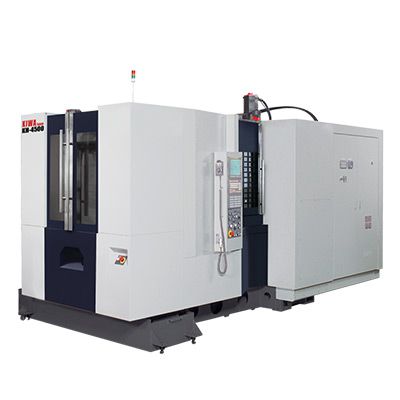Understanding the Pressure Ratings for Power Steering Hoses in Automotive Applications
Understanding Power Steering Hose Pressure Ratings
Power steering is a fundamental component in modern vehicles, providing drivers with the effortless ability to steer and maneuver their cars. The system operates through hydraulic pressure, which is transmitted from the power steering pump to the steering mechanism via hoses. A crucial aspect of this system is the power steering hose pressure rating, which determines its capability to withstand the hydraulic pressures involved.
Importance of Power Steering Hose Pressure Ratings
The pressures generated within a power steering system can vary significantly, typically ranging from 1,000 to 1,500 psi (pounds per square inch) during normal operation. In extreme circumstances, such as when the steering wheel is fully turned, pressures can spike even higher. Therefore, understanding the pressure rating of power steering hoses is essential for vehicle safety, reliability, and performance.
A power steering hose is designed to transport hydraulic fluid under high pressure. If the hose is not rated for the required pressure, it can lead to catastrophic failures such as leaks, ruptures, or complete hose failure. Such failures can compromise the effectiveness of the power steering system, making steering difficult and potentially leading to accidents. Therefore, selecting hoses with appropriate pressure ratings is crucial for vehicle maintenance and safety.
Factors Influencing Hose Pressure Ratings
Several factors influence the pressure ratings of power steering hoses
1. Material Composition Power steering hoses are usually constructed from synthetic rubber, reinforced with layers of steel or textile fibers. The type and quality of materials used directly affect the hose's strength and durability, thus influencing its pressure rating.
power steering hose pressure rating

2. Diameter and Wall Thickness Hoses come in various diameters and wall thicknesses. Generally, a thicker wall can withstand higher pressures, but it also adds weight and reduces flexibility.
3. Design and Construction The design can vary from manufacturer to manufacturer, with some hoses featuring braided designs for added strength. The manufacturing processes, such as curing and vulcanization, also play a role in the structural integrity of the hose.
4. Operating Conditions The environment in which the hose operates, including temperature fluctuations and exposure to chemicals, can affect its longevity and pressure rating. High temperatures can degrade materials faster, reducing their reliability.
Selecting the Right Power Steering Hose
When replacing or upgrading a power steering hose, it's essential to choose one that meets or exceeds the manufacturer’s specifications. Look for hoses that are explicitly rated for the hydraulic pressure of your vehicle’s power steering system. Checking the service manual or consulting with a knowledgeable mechanic can help ensure you make the right choice.
Conclusion
The pressure rating of power steering hoses is a critical consideration for anyone involved in vehicle maintenance or repair. Understanding the implications of pressure ratings can lead to better-informed decisions, ensuring that your vehicle remains safe and responsive on the road. By choosing high-quality hoses that meet or exceed the required specifications, drivers can maintain the efficiency of their power steering systems, ultimately enhancing vehicle performance and safety. Remember, in a system where hydraulic pressure plays such a crucial role, compromise is not an option. Always prioritize quality and compatibility to ensure optimal steering functionality.
-
Ultimate Spiral Protection for Hoses & CablesNewsJun.26,2025
-
The Ultimate Quick-Connect Solutions for Every NeedNewsJun.26,2025
-
SAE J1401 Brake Hose: Reliable Choice for Safe BrakingNewsJun.26,2025
-
Reliable J2064 A/C Hoses for Real-World Cooling NeedsNewsJun.26,2025
-
Heavy-Duty Sewer Jetting Hoses Built to LastNewsJun.26,2025
-
Fix Power Steering Tube Leaks Fast – Durable & Affordable SolutionNewsJun.26,2025

